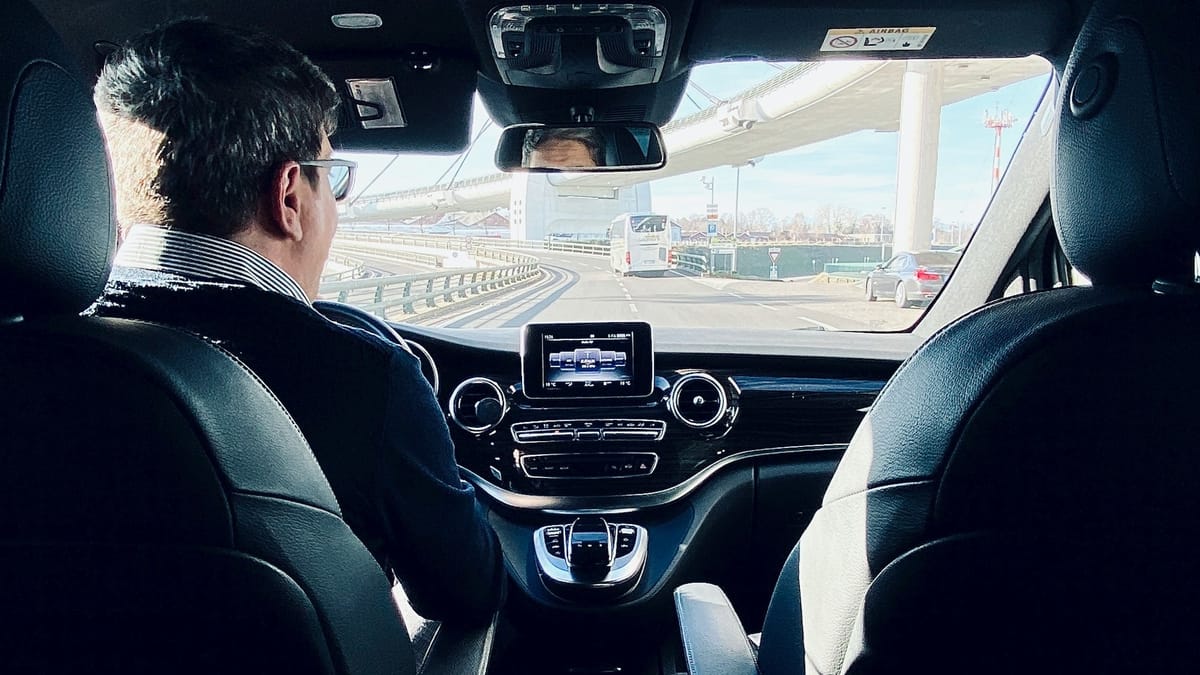Tips for Older Drivers: Safe Driving for Seniors - Navigating the Road Ahead with Confidence
Becoming more self aware and taking responsibility is key for older drivers to continue driving safely. Learn how to review and change your driving habits, plan ahead, and make adjustments to your vehicle. Stay safe on the road with these tips for older drivers.

As we age, responsible driving becomes paramount for maintaining our independence and safety. These practical tips for older drivers can help compensate for physical limitations, ensuring a continued sense of freedom while prioritizing road safety.
- Self-awareness and Responsibility: Embrace change in your driving habits to adapt to your needs. A mindful review and adjustment of your habits can preserve the independence driving provides.
- Plan Ahead: Plan your trips, combining errands to minimize travel. Avoid driving at night, during peak traffic hours, or in adverse weather conditions. Stick to familiar routes, bypass freeways, and minimize complex maneuvers like left-hand turns.
- Maintain Safe Distances: Keep a safe distance from the vehicle in front of you to allow for quick reactions and braking.
- Night Driving: When driving at night, avoid direct oncoming lights; focus on the right side of the road to reduce glare.
- Navigation and Route Planning: Plan unfamiliar routes in advance, avoiding map-reading while driving. Take breaks every 100 miles or two hours on long trips to prevent fatigue.
- Eating and Distractions: Avoid eating and smoking while driving, and limit distracting conversations. If you have hearing difficulties, minimize radio noise. Consider enlisting your passenger as an extra set of eyes and ears.
- Vehicle Adjustments: Modify your vehicle to suit your changing physical needs. Switching to an automatic transmission, power steering, and power brakes can enhance driving comfort.
- Visibility: Opt for a light-colored car, which is more visible from a distance. Use seat or back cushions to improve your line of vision and ensure you can see over the steering wheel.
- Pedal Operation: Use the full ball of your foot on the pedals instead of just your toes. You can purchase devices to raise the gas pedal if needed.
- Blind Spots: Adjust mirrors to reduce blind spots, and consider adding blind spot mirrors if necessary.
- Cleanliness: Keep windshields, lights, and glasses clean for better visibility. Avoid wide-framed glasses that block side vision and never wear sunglasses or tinted glasses for night driving.
- Wiper Maintenance: Regularly check and replace windshield wipers as needed.
- Eye and Ear Health: Have your eyesight and hearing checked regularly by a professional. Address changes in vision, sensitivity to glare, and difficulty distinguishing colors.
- Avoid Alcohol and Drugs: Never drink and drive, as it can amplify the effects of medications. Serious adverse reactions may occur.
- Stay Physically Fit: Maintain flexibility and an active lifestyle to counteract the physical challenges of aging.
- Driver Refresher Courses: Consider enrolling in a senior driver refresher course offered by organizations like AARP and AAA, which may also lead to insurance premium discounts.
- Cell Phone Use: Keep a cell phone for emergencies, but refrain from using it while driving.
By incorporating these tips into your driving routine, you can navigate the road safely, ensuring your well-being and that of fellow road users.
You might also like this article:







